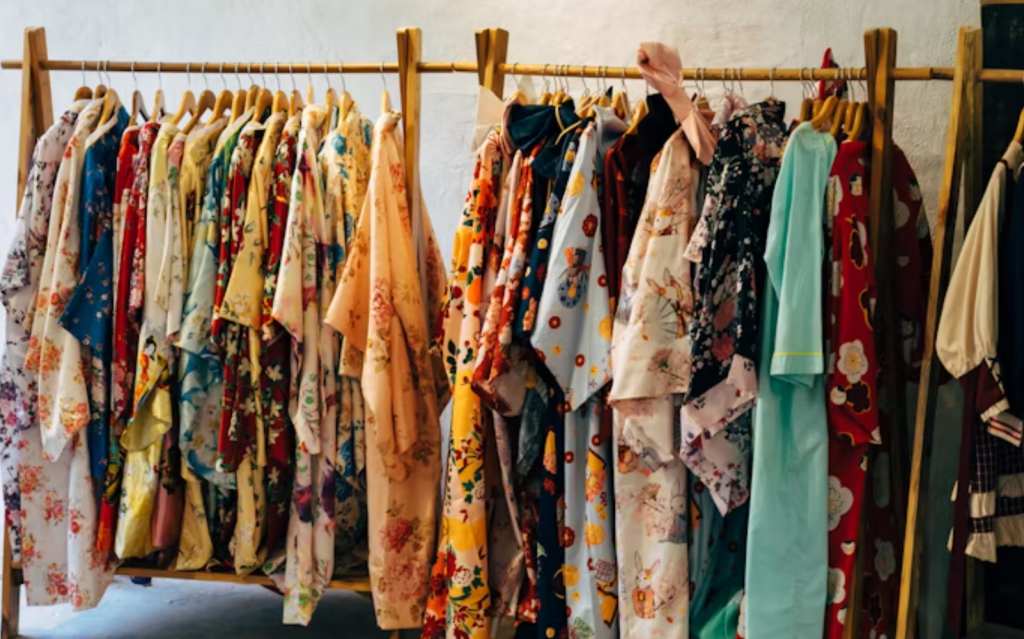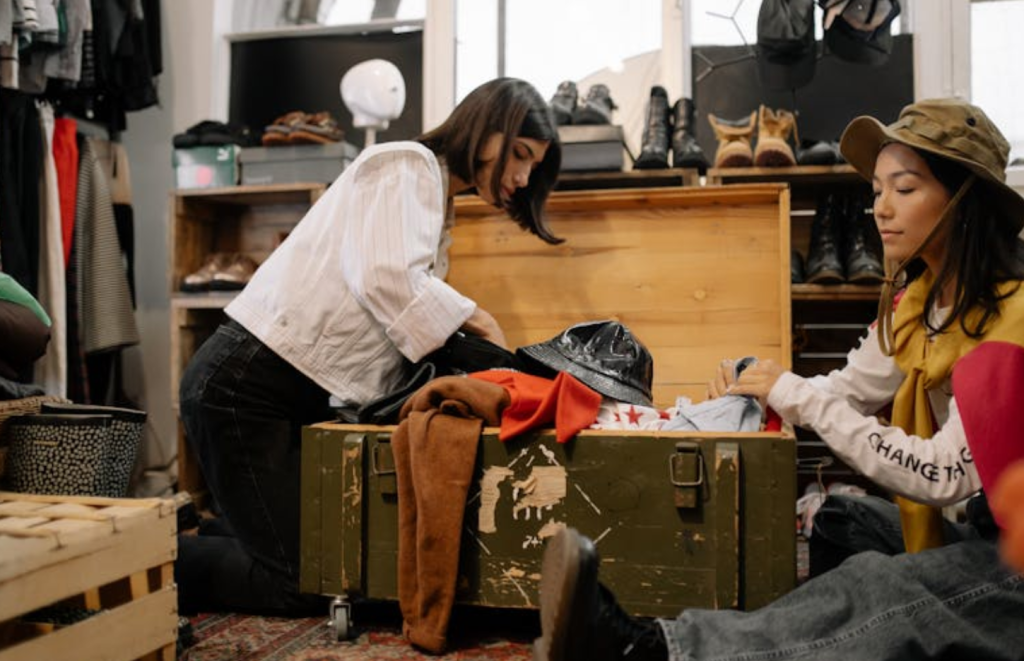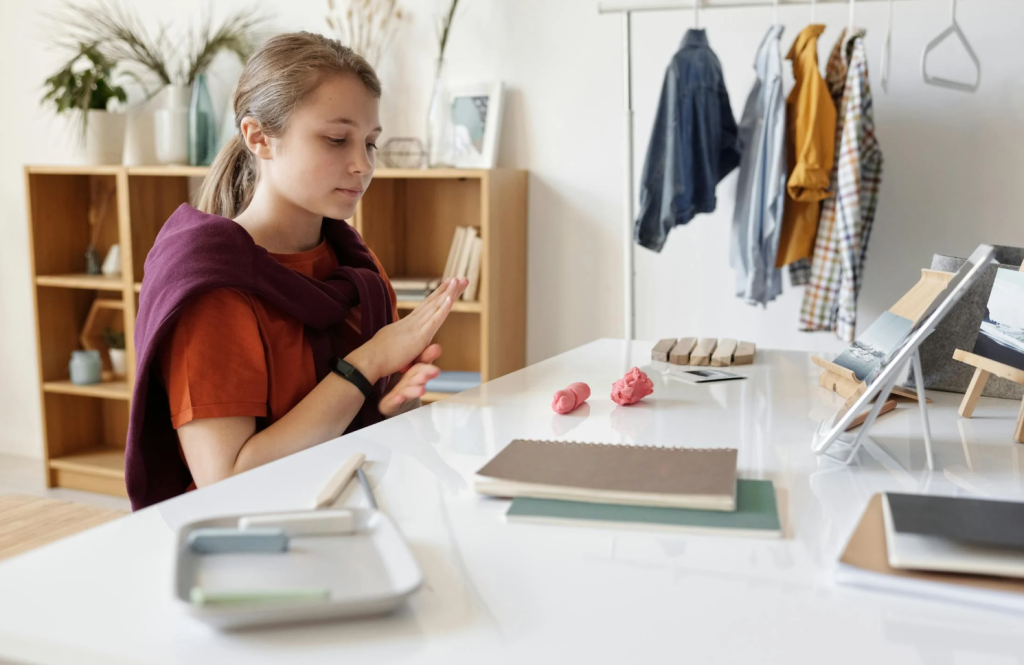Introduction: Why Sustainable Fashion Matters
Have you ever stared at your overflowing closet and thought, “I have nothing to wear”? We’ve all been there. But the truth is, much of what we own is part of a global fast fashion problem. The fashion industry is the second-largest consumer of water and generates more carbon emissions than international flights and shipping combined. That’s shocking, right?
DIY fashion projects aren’t just a fun hobby—they’re a statement. When you transform old clothes into something fresh and stylish, you reduce waste, save money, and create pieces that are uniquely yours. Sustainability isn’t just a trend; it’s a lifestyle that starts in your wardrobe.
Assessing Your Current Wardrobe
Identifying Items to Upcycle
Before you start cutting and sewing, take a good look at your wardrobe. Which pieces haven’t been touched in months? Are those old jeans too short, or that sweater slightly outdated? These items are prime candidates for upcycling. Think of it as fashion archaeology—digging through your closet to find treasures waiting to be reborn.
Organizing Clothes for DIY Projects
Once you’ve chosen your items, organize them. Separate them into categories: fabrics that can be dyed, clothes for sewing projects, and items perfect for embellishments. Organization makes the creative process smoother and ensures you don’t accidentally ruin something valuable.

Basic DIY Skills for Fashion Projects
Essential Tools and Materials
Even beginners need a small toolkit:
- Scissors designed for fabric
- Sewing needles and threads
- Pins and measuring tape
- Fabric glue for no-sew options
Adding just a few tools to your arsenal opens a world of possibilities. Trust me—once you start, you’ll wonder how you ever lived without them.
Sewing Techniques Everyone Should Know
You don’t need to be a master tailor to revamp your wardrobe. Basic stitches like running stitch, backstitch, and hem stitch are enough to handle most projects. With a little practice, you can mend tears, add patches, or even transform old t-shirts into chic crop tops.
Easy No-Sew Options
Not comfortable with a needle? No problem! Fabric glue, fusible tape, and even creative knotting techniques can turn your old clothes into trendy new items without sewing a single stitch. Sometimes, simplicity yields the most impressive results.
Transforming Old Clothes into New Pieces
T-Shirt Upcycling Ideas
T-shirts are incredibly versatile. Turn oversized tees into crop tops, tank tops, or tote bags. Add fringe to the hem or twist-and-knot the fabric for a boho look. These small tweaks make a huge difference.
Denim Makeovers: Jeans and Jackets
Old denim is a DIY goldmine. Cut your jeans into shorts, create a distressed look, or add patches to make them unique. Jackets can be adorned with embroidery, pins, or fabric paint. Denim is durable, so your creations will last.
Sweater Revamps for Seasonal Style
Transform bulky sweaters into cardigans, off-shoulder tops, or cozy scarves. Adding buttons, cutting the sleeves, or using them for layering can breathe new life into winter wear.

Accessory DIY Projects
Jewelry from Unused Materials
Turn beads, buttons, and scraps into necklaces, bracelets, or earrings. This is not only sustainable but also allows you to craft pieces no one else has. Think of it as wearable art.
DIY Bags and Purses
Old jeans, fabric scraps, or even sweaters can become stylish bags. A little sewing, some creativity, and voilà—you have a unique accessory that complements any outfit.
Scarves, Belts, and Headbands
Even small items can be transformed. Scarves can be dyed or braided, belts can be repurposed from fabric strips, and headbands can be sewn from leftover material. Every detail counts toward a cohesive sustainable style.
Dyeing, Painting, and Embellishing Techniques
Natural Dyes vs. Store-Bought Dyes
Want to add color to old garments? Natural dyes from plants, vegetables, and spices are eco-friendly alternatives. Beetroot, turmeric, and coffee can create stunning shades. Store-bought dyes are convenient but remember—they can have chemical runoff.
Fabric Painting for Personalization
Fabric paint opens endless opportunities. Write quotes, draw patterns, or stencil designs. It’s a great way to express your personality through fashion.
Adding Beads, Patches, and Embroidery
Small embellishments make clothes feel new. Add beads along a neckline, sew quirky patches, or embroider patterns. This takes ordinary items and turns them into statement pieces.

Seasonal Wardrobe Refresh Tips
Spring and Summer DIY Styles
Think lightweight fabrics, bright colors, and breezy designs. Crop tops, skirts, and tunics are perfect for summer. DIY tie-dye is still trending and makes old white tees look brand new.
Fall and Winter DIY Styles
Layering is key. Turn oversized sweaters into layered looks, make scarves from old scarves, or repurpose thick fabrics into cozy outerwear. Comfort meets style with minimal environmental impact.
Maintaining Your Upcycled Wardrobe
Proper Washing and Care
Treat your DIY creations with care. Wash gently, avoid harsh chemicals, and air dry when possible. This ensures your pieces remain vibrant and intact for years.
Storage Tips to Extend Lifespan
Organize by type and season. Use breathable garment bags, avoid overcrowding, and rotate pieces. A little maintenance goes a long way in preserving your sustainable style.
Social Impact of DIY Fashion
Encouraging Community and Sharing Skills
DIY projects can inspire others. Share tips with friends, join online groups, or host a DIY swap party. Your creativity can ignite a community movement toward sustainable fashion.
Reducing Consumerism
Every DIY project you complete reduces the need to buy new clothes. It’s a direct challenge to fast fashion culture and promotes conscious consumption.
Conclusion
Refreshing your wardrobe doesn’t have to mean buying more. Sustainable style through DIY fashion projects is empowering, creative, and environmentally responsible. From transforming old jeans to crafting accessories, every small project contributes to a more sustainable world. So grab those scissors, thread, and fabric scraps—you have a whole wardrobe waiting to be reinvented.
FAQs
1. Can DIY fashion projects really save money?
Absolutely! Upcycling old clothes is far cheaper than buying new items, and it allows you to create one-of-a-kind pieces.
2. Do I need sewing experience to start DIY fashion?
Not at all. Many projects use no-sew techniques, and simple stitches are easy to learn with practice.
3. How do I make my DIY projects last longer?
Proper washing, gentle handling, and thoughtful storage will significantly extend the life of your creations.
4. What are the easiest fabrics to start with?
Cotton, denim, and knit fabrics are beginner-friendly and versatile for various DIY projects.
5. Is DIY fashion really sustainable?
Yes! Upcycling reduces waste, minimizes the need for new resources, and encourages mindful consumption, making it an eco-friendly choice.
